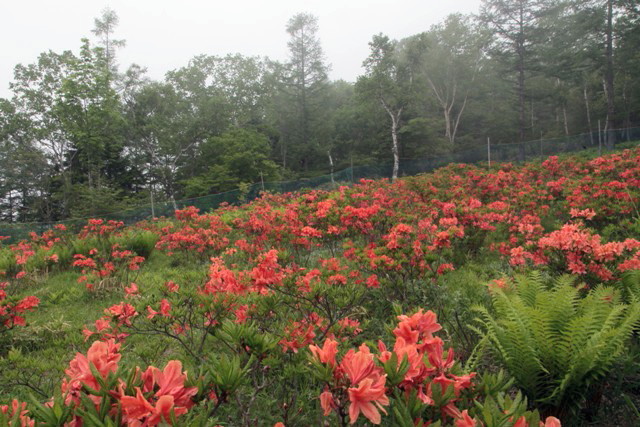
Diesel rail car Kantetsu KiHa 101 (ex-JNR KiHa 30) arrives at Kurogo Station
As I mentioned in my blog on September 20th, 2011, Kanto Railway (Kantetsu) has two faces... one as a city line for urban commuters, and one as a local railway in the countryside. The route north of Mitsukaido Station is a typical local line, which is an un-electrified single track. We can see beautiful idyllic views, such as rice paddies and vegetable fields on the line. A diesel rail car is operated every half an hour on average.
One of the popular rolling stock, which is operated on the northern part of the track, is classic diesel rail car KiHa 101 (see the top photo). The 101 was manufactured by Nihon Sharyo in 1966 under the name of Japanese National Railways (present JR group companies) KiHa 30-55. After it was retired from JR Kyushu in 1990, the 30-55 was moved to Kantetsu to spend its second life. Currently, we can see this type of diesel rail car only on the Kantetsu.
In the meantime, the 101 is called "Tarako" among rail fans. It is because the body color is similar to that of traditional Japanese food, Tarako (salted cod roe). To be more precise, the body color is similar to a red food coloring, which is used for making Tarako. I think that the rail fans are absolutely right.
The well-colored classic diesel rail car, KiHa 101, comes on to the track of the Kantetsu every Wednesday and Saturday.
One of the popular rolling stock, which is operated on the northern part of the track, is classic diesel rail car KiHa 101 (see the top photo). The 101 was manufactured by Nihon Sharyo in 1966 under the name of Japanese National Railways (present JR group companies) KiHa 30-55. After it was retired from JR Kyushu in 1990, the 30-55 was moved to Kantetsu to spend its second life. Currently, we can see this type of diesel rail car only on the Kantetsu.
In the meantime, the 101 is called "Tarako" among rail fans. It is because the body color is similar to that of traditional Japanese food, Tarako (salted cod roe). To be more precise, the body color is similar to a red food coloring, which is used for making Tarako. I think that the rail fans are absolutely right.
The well-colored classic diesel rail car, KiHa 101, comes on to the track of the Kantetsu every Wednesday and Saturday.
Diesel rail car Kantetsu KiHa 101 (ex-JNR KiHa 30) aproarches Kurogo Station
















































